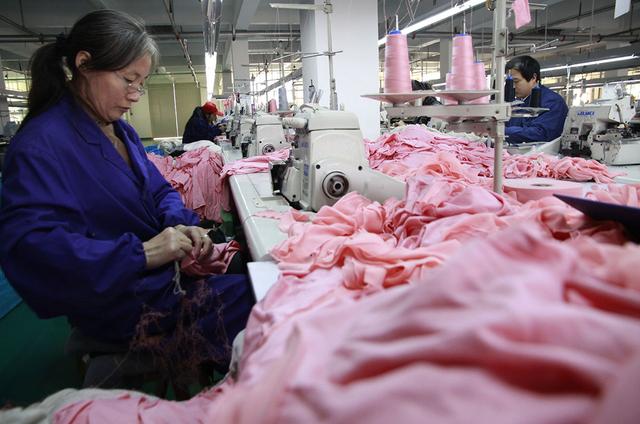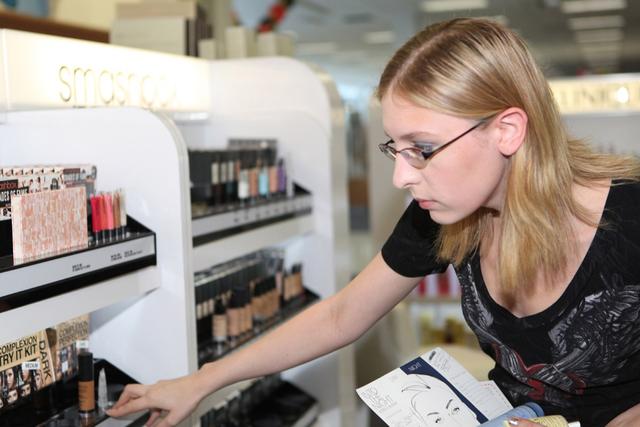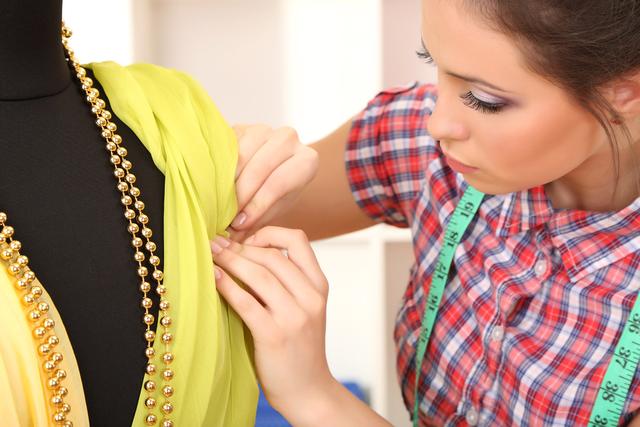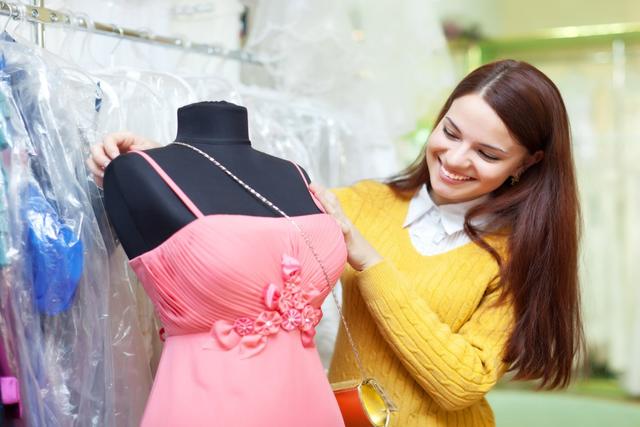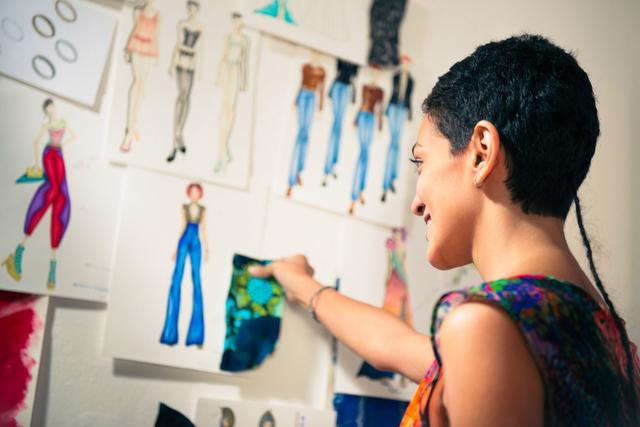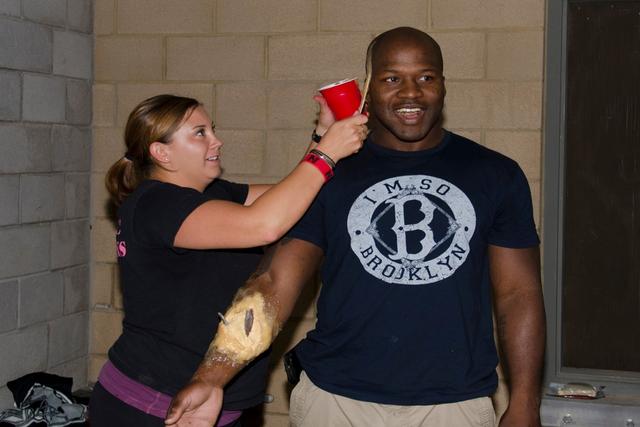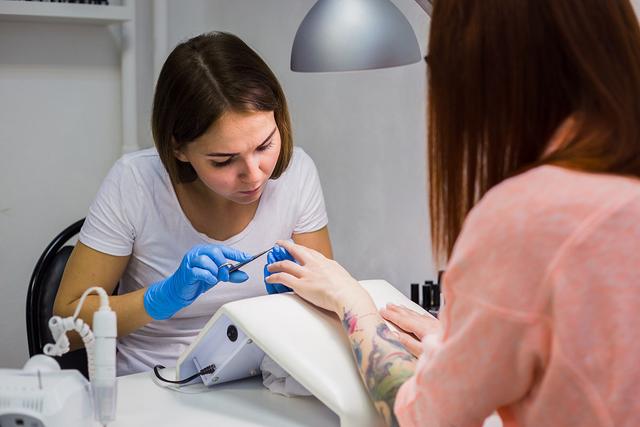Fashion and Apparel

Overview
The fashion and apparel industry encompasses a wide variety of garments and uses almost every type of textile manufactured. It is generally subdivided into two categories: clothing for men and boys and clothing for women and girls. According to SelectUSA, a service of the federal government, U.S. textiles, which includes the fashion and apparel industry, is "one of the most significant sectors of the manufacturing industry." The research group IBISWorld reported that the global apparel manufacturing industry generated $733 billion in revenue in 2019.
New York City is often seen as the heart of the U.S. fashion and apparel industry, and nearly 40 percent of all salaried fashion designers are employed there. But California, Florida, Oregon, and Washington also account for a good percentage of all workers in the textile industry. The manufacturing side of the industry includes workers who produce apparel such as those who use patterns to cut a variety of textiles into apparel's individual pieces, and assemblers, sewers, pressers, and inspectors to create the apparel from the textile pattern pieces. Clothing production also requires the support of workers that include fashion designers to design the article of clothing; patternmakers to draw and construct a pattern for the garment based on the designer's specifications; merchandisers and retail buyers who place the apparel in stores; and retail salespeople who sell the finished garment to consumers.
Others who work in the fashion and apparel industry include fashion models, marketing and advertising professionals, and administrative and support staff. As of 2018, the apparel manufacturing industry employed around 113,370 workers, according to the Department of Labor.
Economically, the apparel industry is a key segment for investments, revenue, trade, and employment worldwide. Despite changes in how garments are produced and made available to consumers, which indicate declining employment opportun...
